Graphics Reference
In-Depth Information
¢
()
∑=
()
∑=
()
(
()
)
∑=
Ts
e
g
s
e
k
s
n
g
s
e
0
.
3
3
n
3
Therefore, integration implies that T(s) •
e
3
= c, for some constant c. Integrating again
implies that g(s) •
e
3
= cs + d, for another constant d. It follows that
()
=
(
()
()
)
g s
cos
u s
,sin
u s cs
,
+
d
for some function u(s). It is easy to check by differentiating that the condition g¢(s) •
g≤(s) = 0 implies that
1
2
Ê
Ë
ˆ
¯
¢=
¢
()
≤
()
=¢
()
2
usu s
u s
0
.
Two more integrations then imply that u(s) = as + b, for constants a and b. A more
elegant way to solve the problem is to observe that
(
)
=
(
)
F uv
,
cos
u
,sin
uv
,
defines a local isometry of the plane with the cylinder. See Example 9.8.3 and Figure
9.26 again. Any geodesic on the cylinder must pull back to a straight line in the plane
via this map since those are the only geodesics in the plane. We leave the reader to
fill in the details.
9.10.8. Example.
The
great circles
()
=
(
)
+
(
)
g t
cos
at
u
sin
at
u
,
(9.68)
1
2
where a and b are constants and
u
1
and
u
2
are orthonormal vectors, are geodesics in
the sphere
S
2
. Conversely, every geodesic of
S
2
has a parameterization of the form
shown in equation (9.68).
Proof.
To prove the first part, we again simply have to observe that
(
)
(
)
≤
()
=-
2
2
2
()
g
t
a
cos
at
u
+-
a
sin
at
u
=-
a
g
t
1
2
is a vector orthogonal to the sphere at g(t).
To show the converse, let g(s) be the arc-length parameterization of a geodesic.
Claim 1.
The curve g(s) has constant curvature. In fact, k = 1.
First of all, g¢• g=0 implies that g≤• g+g¢• g¢=g≤• g+1 = 0, so that g≤ π 0 and g
has a well-defined Frenet frame (T(s),N(s),B(s)). Since N(s) is also a unit normal to
S
2
, the definition of the shape operator S
p
for the sphere with respect to that normal
vector field of
S
2
implies that
(
()
)
=-
(
()
)
(
( )
)
=- ¢
()
=
() ()
-
() ()
STs
NsTs Ns sTs sBs
g
k
t
.
g
(
)
s


